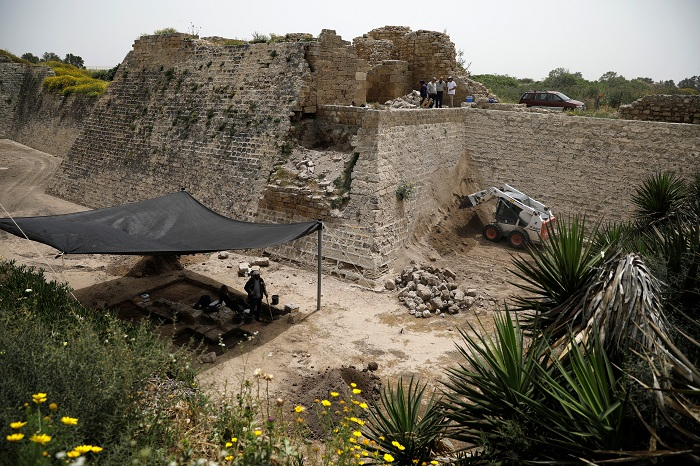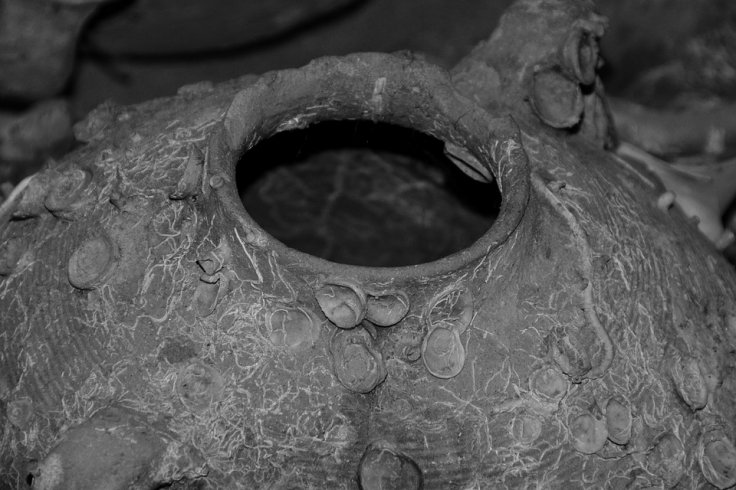
Archaeologists have found remains of a Roman soldier in a cooking pot at Legio near Tel Megiddo in north Israel, which serves as evidence that it was the site of a Roman military encampment. Other significant objects found at the site are a Christian prayer house, military latrines, coins, animal bones, glass and pottery.
These discoveries provide major insights into the presence of the Roman military in the region, which is assumed to be from the second and third centuries. It affirms the fact that Galilee was the stronghold of military operations for the Romans during that era. The base contained the Sixth Legion of the Roman army and a Sacred Eagle, which was perhaps used as an omen of war.
"This is where much of the garbage of the camp inevitably ended up," Matthew Adams, co-director of the excavation and director of the W.F. Albright Institute in Jerusalem, told Haaretz. A cave was also found inside the base, inside which the remains of the Roman soldier were discovered. The soldier appears to have been of 20 years age when he died.
The site excavation was carried out from 2013 to 2017 by Yotam Tepper from Israel's Haifa University and the Israel Antiquities Authority. The base that was dug up measured about 300 by 500 metres.

Although cremating dead bodies in cooking pots is a known practice for some communities, including a Roman cemetery, this is the first such instance in the era of Roman rule. But it appears to be the prevalent method of cremation at that time, judging by the discoveries.
"Cremation burials in cooking pots were a common practice among Roman soldiers at that time. We found this kind of burial all around the site, said Tepper, as reported by Newsweek.
The Romans were iron-fisted rulers during that time, as is proved by the physical evidence from ancient Roman camps. Earlier, a Roman inscription was found from the Second Jewish Revolt which took place around 132 to 135 AD but was unsuccessful. Signs of Jewish hideouts were also discovered with torn up paving stones, assumed to be the work of Roman soldiers against the rebels.
Many more interesting artifacts have been discovered at the site, including a stone table leg that looks like a panther or lion's head, Tepper told Newsweek. These objects can be used to get a clear idea of the ancient history of the human race.









